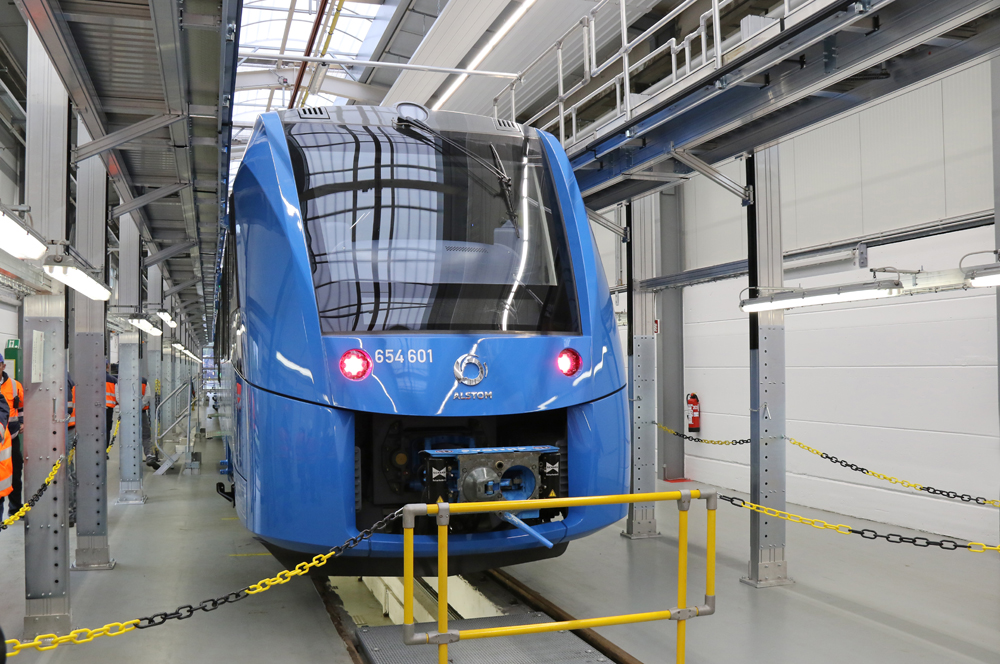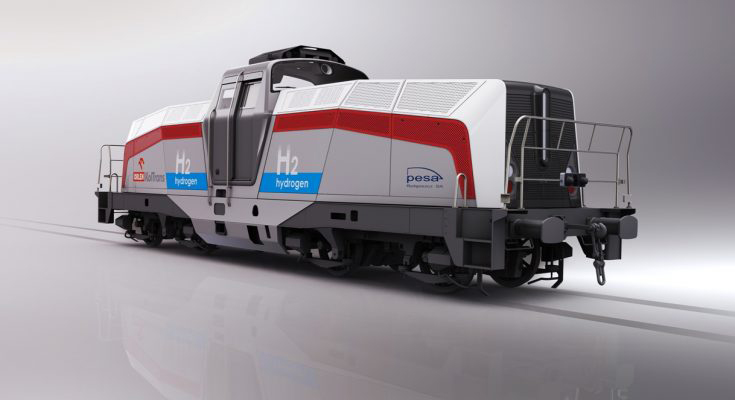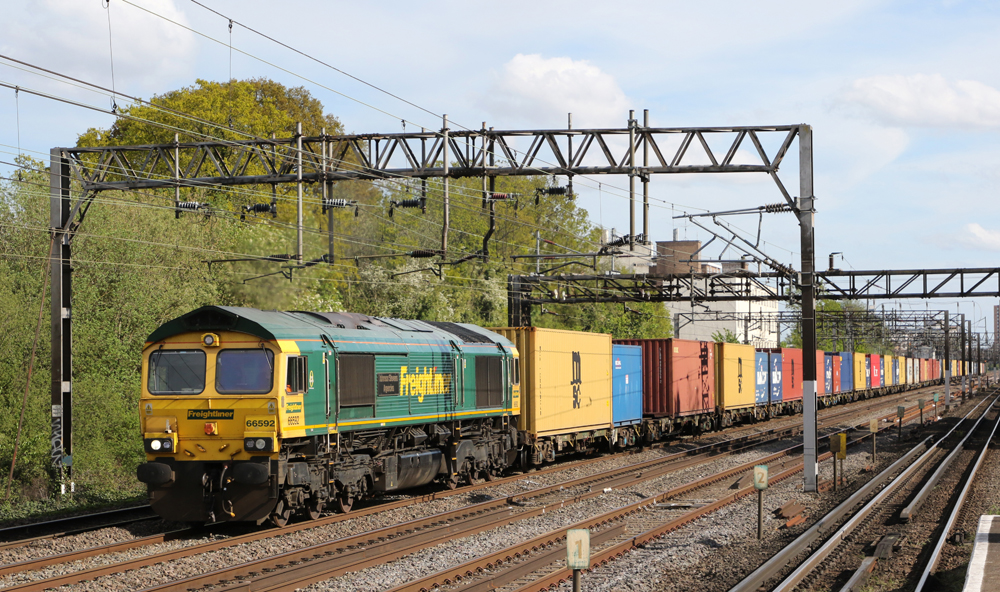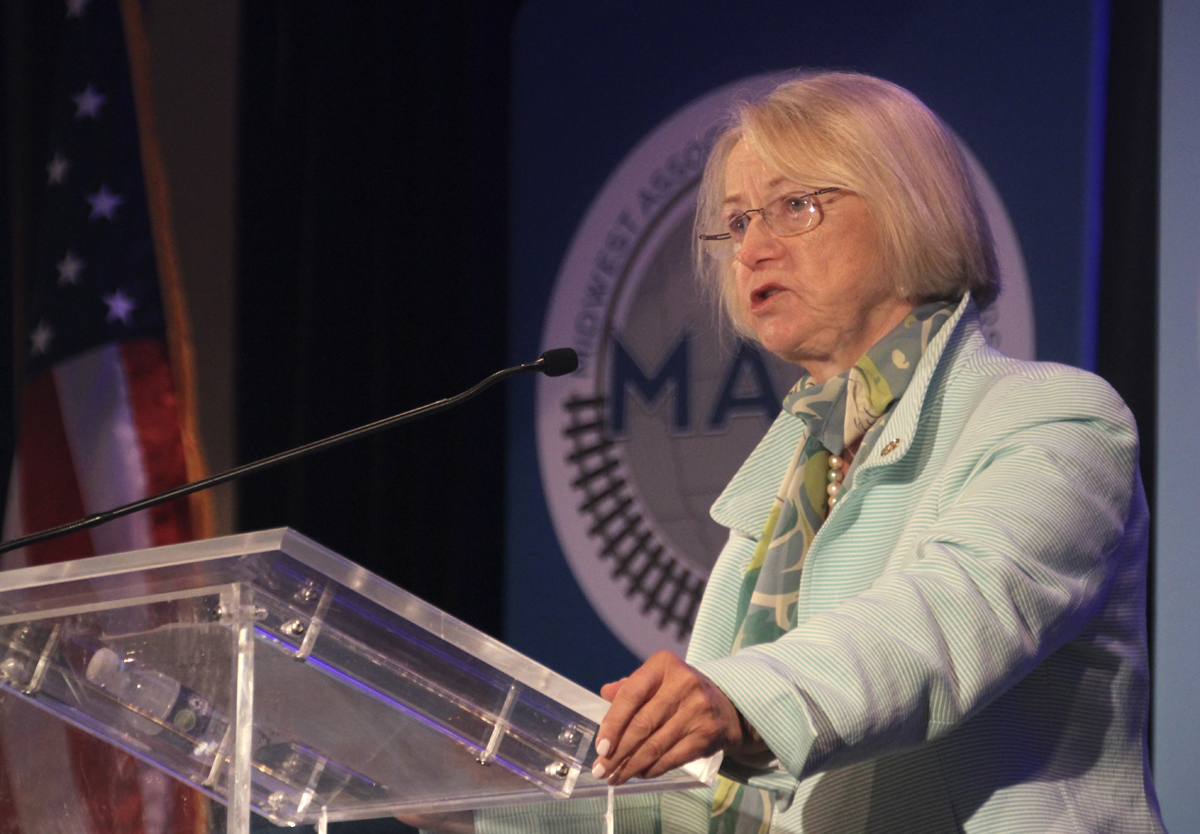
In Europe, a widespread consensus has developed among politicians and national governments that climate change is a real and present danger, and that it is primarily caused by human activity, both historic and now. Addressing this concern could spell major changes for railway activity across the continent.
While much of the historic climate damage from greenhouse‑gas emissions may have been done by coal-fired heavy industry in the 19th and 20th centuries, the scope for change today is largely driven by electricity generation, home heating, and transportation.
Most major European countries, including the biggest economies in Germany, France and the UK, have announced dates after which gas- and diesel-powered cars and small trucks will no longer be sold. Similar restrictions are envisioned for buses, ferries, and rail vehicles.
Common objective, different approaches
The European Union in mid-July announced plans, known as the European Green Deal, to ensure its climate, energy, transport, and taxation policies will reduce net greenhouse gas emissions by at least 55% by 2030 (compared to 1990 levels). But this includes a wide variety of plans and policies across the European countries.
The EU has set the objective of becoming the world’s “first climate-neutral continent” by 2050, although this will require non-EU countries in Europe to meet or beat the EU performance. The European Green Deal plans, which target cleaner energy as well as energy conservation, also aim to promote public transit, especially rail.
A third of the previously agreed $2.1 trillion post-pandemic Next Generation EU Recovery Plan will be used to finance the projects. Emissions from transportation represent around a quarter of the total in the EU and these emissions have increased over recent years. The EU is targeting a 90% reduction in transportation-related greenhouse gas emissions by 2050 with electric road vehicles, and electric and battery-electric trains likely to be the main way to do this.
However, there is no single approach amongst the bloc’s 27 member countries as to what to prioritize. Some, like Germany, have announced plans to phase out coal-fired electricity plants, having already phased out nuclear power. Others like Poland are heavily reliant on coal for electricity and reluctant to remove it quickly. In both countries the “environmentally friendly” rail network is substantially electrified but currently relies on power generated from burning coal. Wind and solar power are part of the alternative to coal, although alternative sources of domestic energy like hydrogen are also proposed.

Hydrogen-powered trains such as the Alstom iLINT design have received much publicity in the last five years. Very few are in regular use, although Alstom now has orders for several small fleets in Germany and Siemens is building a hydrogen-powered version of its Mireo EMU. Far more new trains that combine modern lithium-based batteries with traditional EMU technology are on order in EU countries including Germany, France, Italy and Ireland. Multiple European rail manufacturers are also building or planning battery or hydrogen-fueled switchers.
Switching passengers from road to rail
Some EU countries – Austria and Germany being notable examples — are not only trying to remove diesel-powered trains but are also trying to get people out of their cars and on trains, reducing road use (and emissions) in the process.
In Germany a new national regular interval timetable made possible by substantial investment in new rail infrastructure (electrification, high speed lines, tunnels under cities etc) is planned with the aim of doubling rail passenger numbers from 7 to 14 million daily while increasing rail freight’s market share from 18% to 25% of all freight transported [see “Germany pans integrated national rail schedule …,” Trains News Wire, Dec. 23, 2020].
Germany’s federal government has also announced a $12 billion fund to expand passenger rail service by reopening closed routes and expanding light rail/streetcar systems, with the aim of offering better transit options and thus persuading more people to take trains rather than drive. The fund is already oversubscribed by German state governments, despite some of them being less keen than others to add new routes which will require additional operating subsidies. Despite substantial funding for infrastructure investment, some German cities are actually considering reducing public transit service due to budget shortfalls following the pandemic.
In Austria, where public transit in the city of Vienna has been one Euro a day ($1.20) for annual season ticket holders for some time, a new nationwide rail pass has just been launched. As of October, it reduces the cost for travel anywhere in the country to around $4 a day, although a $1,300 annual subscription is required. Neighbouring countries Slovakia and Hungary both already offer free rail travel to seniors, students, and some other low-income people. Reducing fares significantly may increase rail usage and reduce road traffic but it is not free of cost; the rail operators, in all cases, receiving government funds to cover the difference between fare revenue and operating costs.
Britain aiming for more electrification
In Britain, the government has banned the sale of new gas or diesel cars and small trucks as of 2030. It plans to ban all new large diesel trucks by 2040 and remove gas-powered cars from its roads by the same date.

That year has also been mentioned as the date from which all diesel trains would be replaced but this is unlikely to be achieved. In mid-July. the British government published its Transport Decarbonization Plan. It makes clear that increased electrification of existing rail lines is likely to be the main method of replacing diesel trains, pointing out this was a “proven, existing technology.” For rail freight, electrification is the only practical current alternative currently to diesel, although trials using treated vegetable oil instead of diesel are underway in the UK and others are planned using bio-gas and hydrogen [see “Genesee & Wyoming to test hydrogen and biogas …,” News Wire, July 10, 2021]. While most rail freight in western Europe is electrified, most of it in the UK is currently diesel hauled.
Despite government rhetoric supporting electrification of the main rail network, little new investment in electrifying has been announced in recent years. Even new regional lines, such as the one ultimately connecting Oxford with Cambridge, are not being built with electrification. By contrast, rail lines being rebuilt in Scotland are being electrified from the outset.
While Britain has announced plans for a new national rail company, Great British Railways [see “British government plans major shake-up of rail industry,” News Wire, May 26, 2021], there is currently no suggestion of steep cuts in fares, as seen in some parts of Europe, to encourage people to switch from cars. In fact, rail fares increase every year due to government policy, while the tax on gas paid by motorists has remained static for nearly a decade.
Britain is also testing hydrogen power for passenger trains with several prototypes being developed – in all cases remanufacturing old EMU or DMU designs. When Glasgow, Scotland, hosts a United Nations conference on intensifying efforts to address climate change in November, at least one of these should be on display.














Plenty of bad information in the posts above. Nuclear, hydro, wind and solar can provide the energy needed. The Province of Ontario, where I live, has the capability to produce over 90% of electricity using non-CO2 generation. The number will be higher when some existing nuclear reactor refurbishments are completed. At present, Ontario uses natural gas during power peaks to generate the balance. All coal fired plants have been closed.
I drive a Tesla, an American built car, that I park in my garage. I recharge overnight when power demand is low and electricity rates are at their cheapest. The nuclear plants run at constant output 24 hours a day so a lack of solar at night is not a consideration. I don’t drive more than 3 hours at a stretch so battery range is not an issue. You can charge while you are eating. My wife and I have driven our Telsa from Toronto to Florida and return twice without difficulty. At home I usually don’t charge above 70% because its easier on the battery and I don’t need the extra range. If I plan a trip the next day and want to charge higher then I change the setting the evening before using an app on my phone.
Battery technology is developing rapidly with such chemistry as iron/air coming along. Rare earths are not a component used in straight electric car batteries but have been used in batteries for hybrid gas/electric cars. Even cobalt and nickel are being reduced or eliminated from electric car batteries. The same types of batteries used in road vehicles are also being used in battery electric locomotives. I expect that traditional electric locomotives will have batteries to permit use over short sections of track without overhead catenary. Most yard trackage and industrial spurs will not need to be electrified.
Hydrogen provides a useful way of storing electricity when batteries are not a practical answer. Lightly used rail lines do not justify the cost of overhead catenary but can be operated using hydrogen fuel cell powered electric locomotives. Most hydrogen is produced at present using steam reforming of natural gas which creates a byproduct of carbon dioxide that is released into the air. Sequestering the CO2 would make the process clean. Most plans for hydrogen assume production from water using electrolysis which creates oxygen as the byproduct. Hydrogen has to be compressed for storage. The hydrogen fuel cycle is inefficient due to losses in electrolysis, compression and electricity production from fuel cells. Substantial energy is lost not unlike using gasoline in traditional internal combustion engines. Even so, hydrogen will make sense in some cases.
Other alternatives to hydrogen for energy storage also exist. Ammonia can be used in fuel cells and systems are available commercially for backup power applications. Research is underway to use ammonia for power ships. Railways already carry ammonia so an ammonia powered fuel cell locomotive could be a possibility.
Electrifying transportation systems is possible and will be achieved. Some countries and economies will be faster than others getting the job done.
ROGER – So Ontario is pro-nuke. Nuke is actually the only solution but USA stopped building nuke plants decades ago. With the number of nukes being taken off line soon there won’t be any left in America.
The problem European decarbonization is that it allows bio-fuel such as wood chips to be used for electrical generation. The southeast US forest are being mowed down to provide Europe with wood chips.
Electrification is a worthwhile with the right fuel sources in order to lower total carbon load.
The problem European decarbonization is that it allows bio-fuel such as wood chips to be used for electrical generation. The southeast US forest are being mowed down to provide Europe with wood chips.
Electrification is a worthwhile.
Electrification of this scale would have to rely on fossil fuels. Oh, by the way, you need massive mining of rare earths for battery vehicles, and extremely massive acres of wind or solar farms if you didn’t want the previous two alternatives.
Yes, but with probably most people charging ‘overnight’, what good is solar?
Meanwhile back in the U.S.A……
Hydrogen power is 100% carbon.
This whole electrification thing is the worst example of mass hysteria since the Salem Witch Trials.
Oh and by the way Hydrogen doesn’t exist in nature – takes electricity to produce – and where does the electricity come from????
I agree with Charles. I love all these people that call these battery powered cars and trucks as zero emissions. How do they charge them. Like Mr Landey says where does the electricity come from. An when your in a big country what good is 300 miles to a charge get you to. Just rt 80 across PA. is 318 miles. An now Chevy says don’t charge above 90% an don’t park in your garage because they can catch fire.